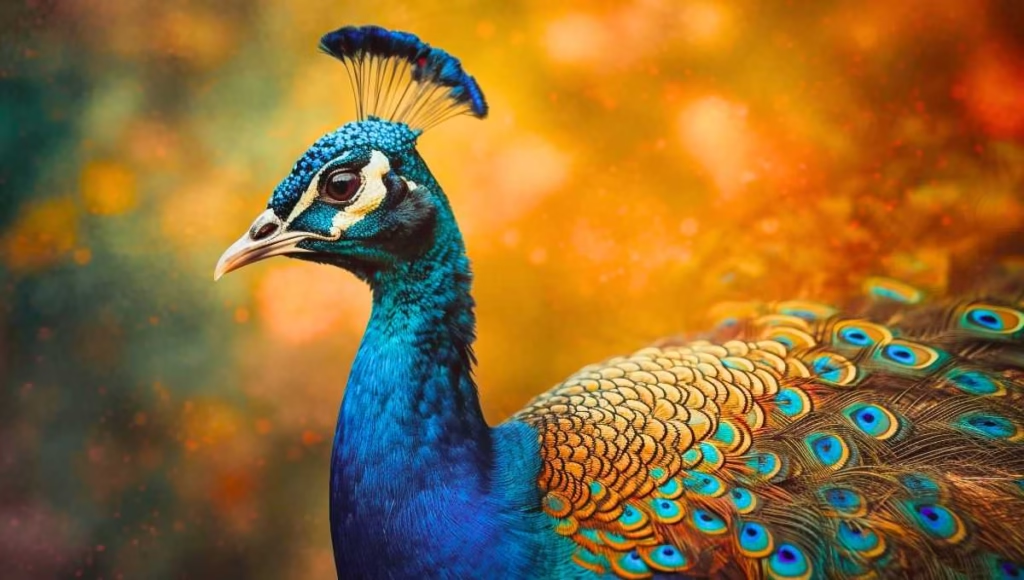Located in the heart of Europe, Hungary is not only famous for its historic castles, thermal baths, and fascinating culture it is also home to some animals that are found nowhere else in the world.
From the Hartobágy National Park to the banks of the Danube River, the country’s various natural areas have become a haven for many rare species of animals.
In today’s report, we will learn about 10 unique and rare animals found in Hungary, their characteristics, importance, and conservation efforts.
1. Hungarian Meadow Viper (Vipera ursinii rakosiensis)
This small viper is one of the rarest and most endangered reptiles in Hungary.
- Habitat- The grasslands of the Carpathian Basin.
- Special features- The smallest viper in Europe, growing to just 50 centimeters in length.
- Status- ‘Critically Endangered’.
This viper is considered a symbol of Hungarian wildlife conservation.
2. Pannonian root vole (Microtus oeconomus mehelyi)
This small mammal is found only in the wetlands of Hungary.
- Habitat – Around Lake Fertő and other river valleys.
- Importance – Plays a role in maintaining soil fertility and maintaining plant balance.
Their numbers are rapidly decreasing due to urbanization and the drying up of water bodies.
3. Hungarian brown frog (Rana dalmatina hungarica)
This unique frog species is found in the humid forests of Hungary.
- Body structure – Smooth skin and long legs.
- Behavior – Most active in spring.
Their presence is important as one of the indicators of environmental health.
4. Hungarian Grey Cattle (Magyar Szürke Szarvasmarha)
This breed of cattle is found only in Hungary and has been given the status of a national symbol.
- Habitat- The Hartobágy Plain.
- Characteristics- Long horns and grey fur.
It is a living example of Hungary’s agricultural heritage.
5. Racka Sheep (Hortobágy Racka)
This sheep breed found in the grasslands of Hungary is known for its unique twisted horns.
- Origin- Great Hungarian Plain.
- Characteristics- Long wool and the ability to survive in harsh environments.
They play an important role in maintaining the local grassland ecosystem.
Read more:- Chimpanzee Secrets: Unveiling Nature’s Smartest Wild Mind!
6. Pannonian Zeller’s Skipper (Pyrgus zelleri pannonica)
This small butterfly flies across the sunny steppes of Hungary.
- Habitat- Dry grasslands and sandy areas.
- Importance- Helps pollinate local flowers.
Their numbers are declining due to climate change and agricultural expansion.
7. Hungarian Ground Beetle (Carabus hungaricus)
Known for its metallic, shiny body, this insect is native to Hungary.
- Habitat- Forest edges and grasslands.
- Importance- Helps control harmful insects.
It is protected under the European Conservation Program.
8. Danube Clouded Yellow (Colias myrmidone hungarica)
This bright yellow butterfly is full of natural beauty in Hungary.
- Habitat- Dry grasslands and open spaces in forests.
- Status- Critically endangered; it only survives in certain areas.
Various national parks in Hungary play an important role in their conservation.
9. Pannonian snail (Helix pomatia hungarica)
This rare snail species is found in the karst lands of Hungary.
- Habitat- Dry lands rich in limestone.
- Special features- Their shell design is different from other species in Europe.
They help maintain the biological balance of the soil.
10. Great Bustard (Otis tarda tarda) Pride of Hungary
One of the heaviest flying birds in the world, breeding in the largest numbers in Hungary.
- Habitat- Hortobágy and Kiskunság National Parks.
- Characteristics- Males can weigh up to 16 kg.
The Hungarian government has launched a comprehensive conservation project to protect this bird.
Why Hungary is so important for biodiversity
Hungary’s geographical diversity of rivers, plains, and mountains has created a natural balance where many unique animal species have developed.
The country’s national parks, such as Hortobágy, Kiskunság, and Aggtelek, are not only known for their wildlife conservation but also for their eco-tourism.
From poisonous vipers to colorful butterflies and traditional cattle, Hungary’s rare animals are unique examples of nature’s beauty and biodiversity.
The conservation of these species is not only part of protecting the environment, but also part of preserving Hungary’s natural heritage.
Hungary is undoubtedly a dream country for wildlife lovers.
FAQs
. Why are there so many unique species in Hungary?
Due to the geographical isolation and special climate, many species have developed independently here.
Which is the rarest animal?
The Hungarian meadow viper is known as the rarest and most endangered animal in Hungary.
Do they have legal protection?
Yes, most species are protected under the EU Natura 2000 network and national conservation laws.
Can tourists see these animals?
Yes, but only in national parks and reserves, where responsible observation is possible.
How is Hungary working to conserve wildlife?
The government and researchers are working through conservation projects, breeding programs, and raising environmental awareness.
For more such natural and scientific stories, visit indnexa.com
Hi readers. I’m Piyali Batabyal, a passionate blogger who loves to share her thoughts, ideas, and experiences across a variety of topics—from lifestyle and beauty to personal growth and creativity. With a curious mind and a love for words.
Alongside my writing, I am also a professional makeup artist with a flair for enhancing natural beauty and creating transformative looks.

